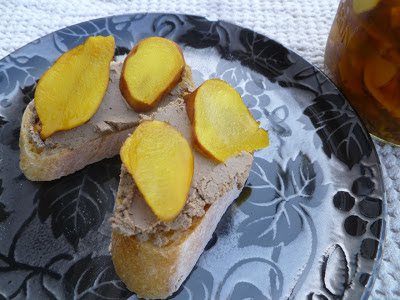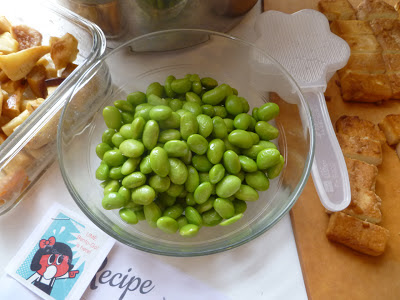After attending the standing room only sauerkraut class by John Karlik from Sweetwater Farm, packed with eager hipsters taking copious notes, I recently tried my hand at sauerkraut making. At his demonstration, John had an impressive handmade mandolin about the size of a fruit crate that easily shredded a dozen cabbages in a matter of minutes, which got pounded down in a large tub by a couple of enthusiastic aughts using a large wooden paddle resembling a cricket bat. I started smaller scale with a single head of cabbage, a kitchen knife, and a five year old wielding a meat tenderizer. It worked.
After about twenty-four hours, the pounded, salted cabbage released enough of its own liquid to become submerged underneath the weight of a clean plate and gallon bag of water, allowing the inoculum of cabbage-associated Lactobacilli bacteria to flourish in the salty, oxygen-depleted brine and get busy fermenting. The recipe I followed from Karlik is essentially the same as this detailed one from Sandor Katz. The one difference is that rather than checking on it every couple of days, I left my crock rather neglected in the basement for about six weeks. When I finally remembered to take a peek, it had developed a skim of mold (Karlik had explained that he has a dedicated shop-vac for this), but once that was scraped off, the underlying kraut was delicious. One large cabbage produced two quarts.
"What are those hipsters going to do with all that sauerkraut?" my sister wondered after I told her about Karlik's demo. I can highly recommend Karlik's vegetarian reuben sandwich with kraut piled on melted cheese and a generous slather of mustard. A less conventional use presented itself when it occurred to me that red cabbage sauerkraut is packed with pigments and lightly acidified: perfect for dying Easter eggs.
Vegetarian Reuben with Homemade Sauerkraut
2 slices of sandwich bread several slices of sharp cheddar or swiss cheese
homemade sauerkraut (follow this recipe from Sandor Katz)
dijon mustard
In a toaster oven or skillet, toast the bread lightly. Then layer on the cheese on one slice and continue toasting until the cheese is melted. Slather mustard on the other slice, heap on some sauerkraut, slap the two slices together, and enjoy.
Dyeing Easter eggs
For a lovely mottled blue pattern, submerge hard boiled white eggs in some red cabbage sauerkraut and wait a couple of hours. For a more even blue color, decant some sauerkraut juice into a small bowl and submerge your eggs in this. If you don't have red sauerkraut on hand, you can boil some red cabbage leaves in water and put in a splash of vinegar. Other natural dyes can be made with turmeric (yellow) and beets (pink).





















